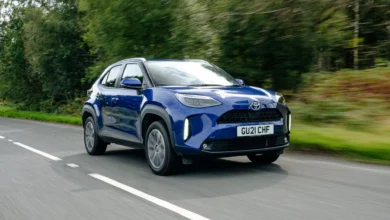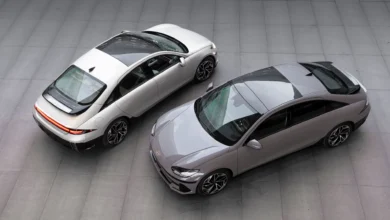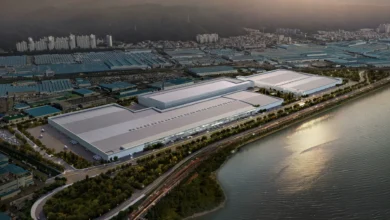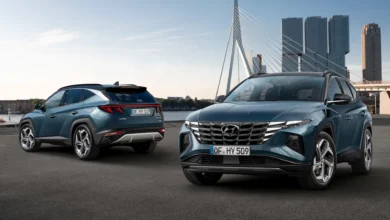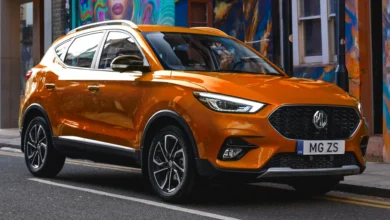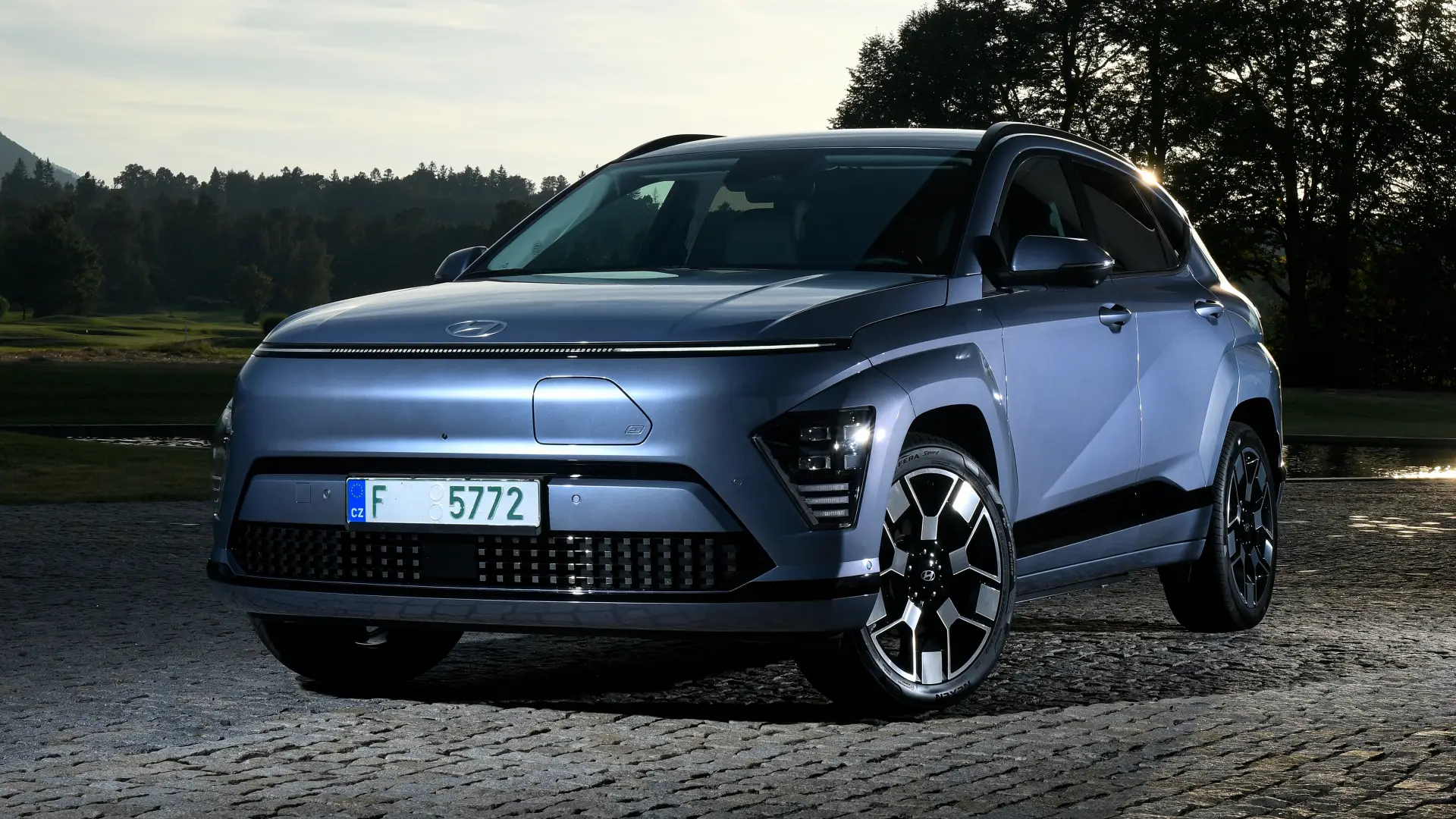
The development of batteries for electric cars is one more race in the process of decarbonization and electrification of the automobile fleet. Much of the brands’ strategies depend on this work to offer more affordable prices for their electric cars.
Several technologies are on the table of manufacturers, with a very clear horizon for the end of the decade: solid-state batteries. Until that time comes, brands are taking their sides in a context in which China dominates the supply chain.
In the case of Hyundai, the strategy is clear: they want to reduce their dependence on China and want to bet heavily on LFP (lithium fluorophosphate) batteries, especially for their access models.
The latter star in their particular ‘duel’ with NCM (nickel, cobalt, manganese): in the case of LFP, they are cheaper, more durable, and safer, but in exchange, they have a lower energy density and are more sensitive to low temperatures.
Chinese firms have a quasi-monopoly with this LFP technology, while brands such as Tesla, Ford, or Citroën (and soon VW and Mercedes) are betting on this type of battery; others, like Renault, want to remain faithful to the NCM.
Hyundai, with LFP batteries, developed in-house
Hyundai already uses LFP batteries, in this case from CATL (the Chinese giant), for its Kona EV and the Ray EV that it sells in the Korean market. But that will change soon, especially after the announcement of an investment of more than 7 billion dollars to develop batteries and technologies related to electric cars for the next 10 years.
The Hyundai Group wants its two brands to have electric cars with their batteries with LFP technology. The objective is clear: lower their price, better scale their production, and, in turn, reduce their dependence on Chinese suppliers. According to The Korea Herald, after starting its own LFP battery project this year, Hyundai could have them ready by the end of 2024 and they would reach new generation Hyundai and KIA electric cars by 2025.
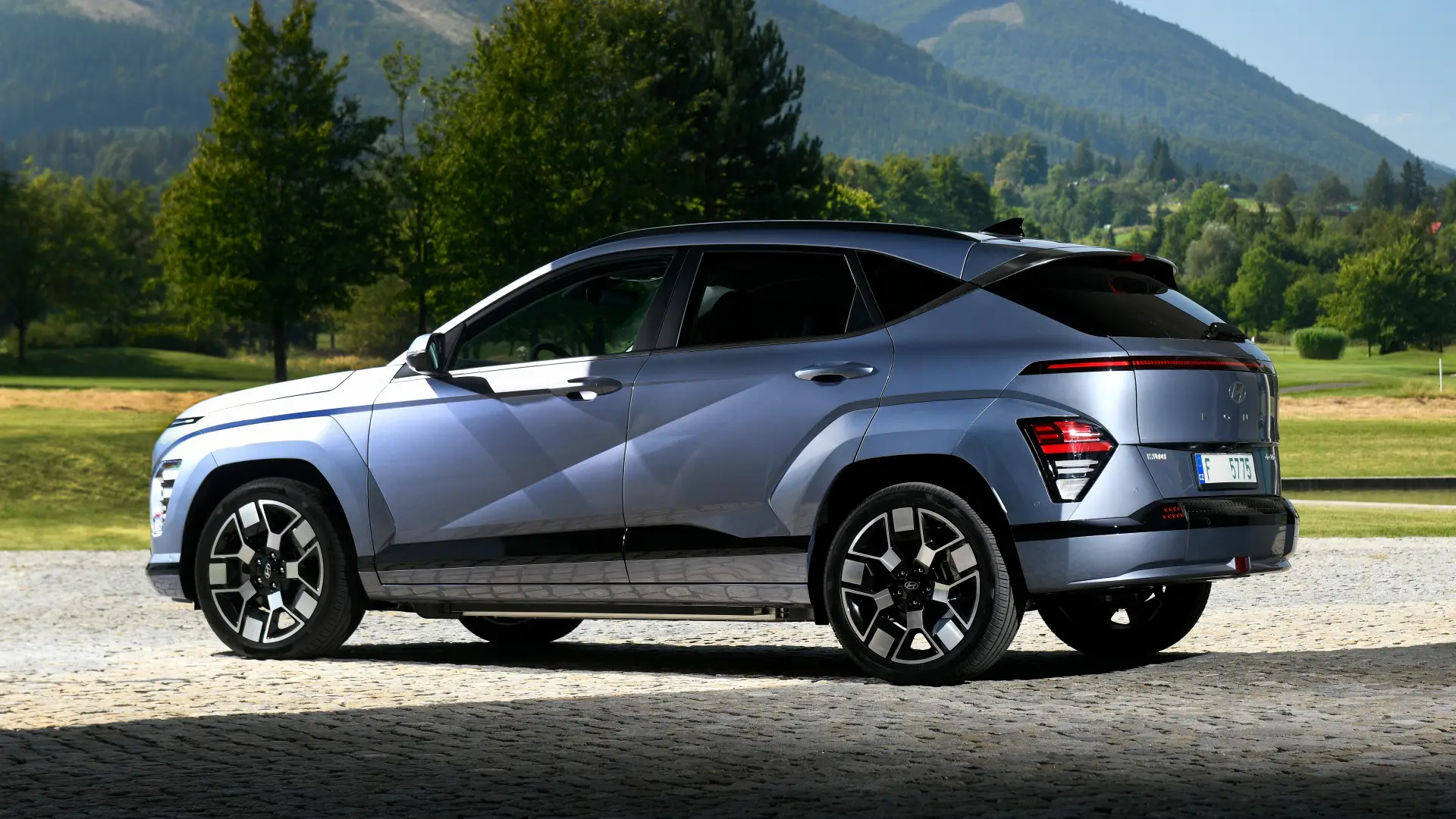
The South Koreans intend to maximize the capacity of the battery cells by exceeding “60 amperes” and reaching an energy density of about 300 watts per kg, in such a way that the voltage and capacity improve and reach levels similar to those offered by the NCM.
To achieve this, the country’s automobile giant wants to turn to local partners and academic institutions to give a definitive ‘kick’ to its Asian neighbors, such as LG, Samsung, or SK On. Korean companies can boast, if we do not count the Chinese giants, of being leaders in this sense and they intend to continue doing so in the coming years.
However, the Hyundai Group does not rule out other battery technologies and will continue to have the joint development of NCM batteries and solid-state batteries in its portfolio and on its agenda.
